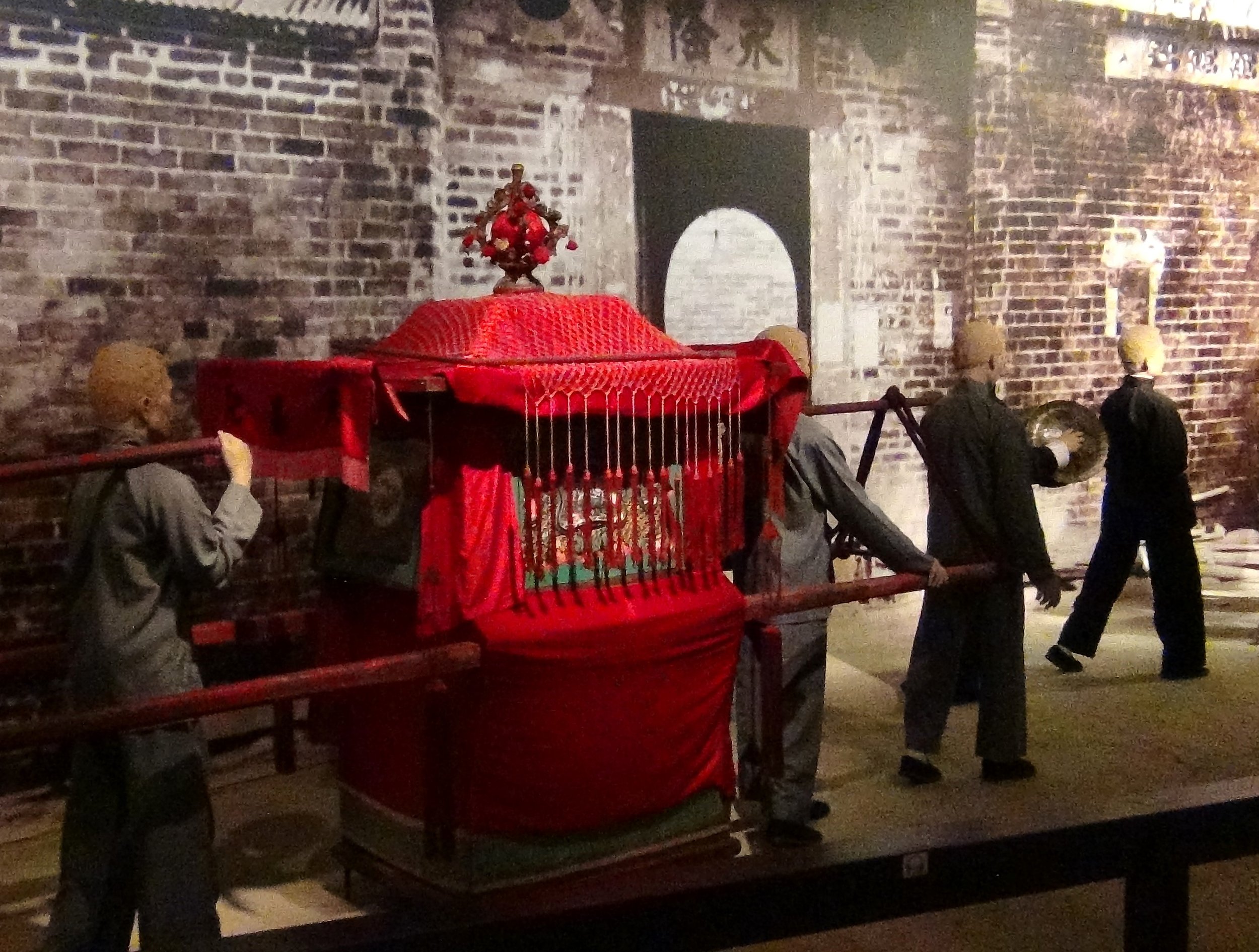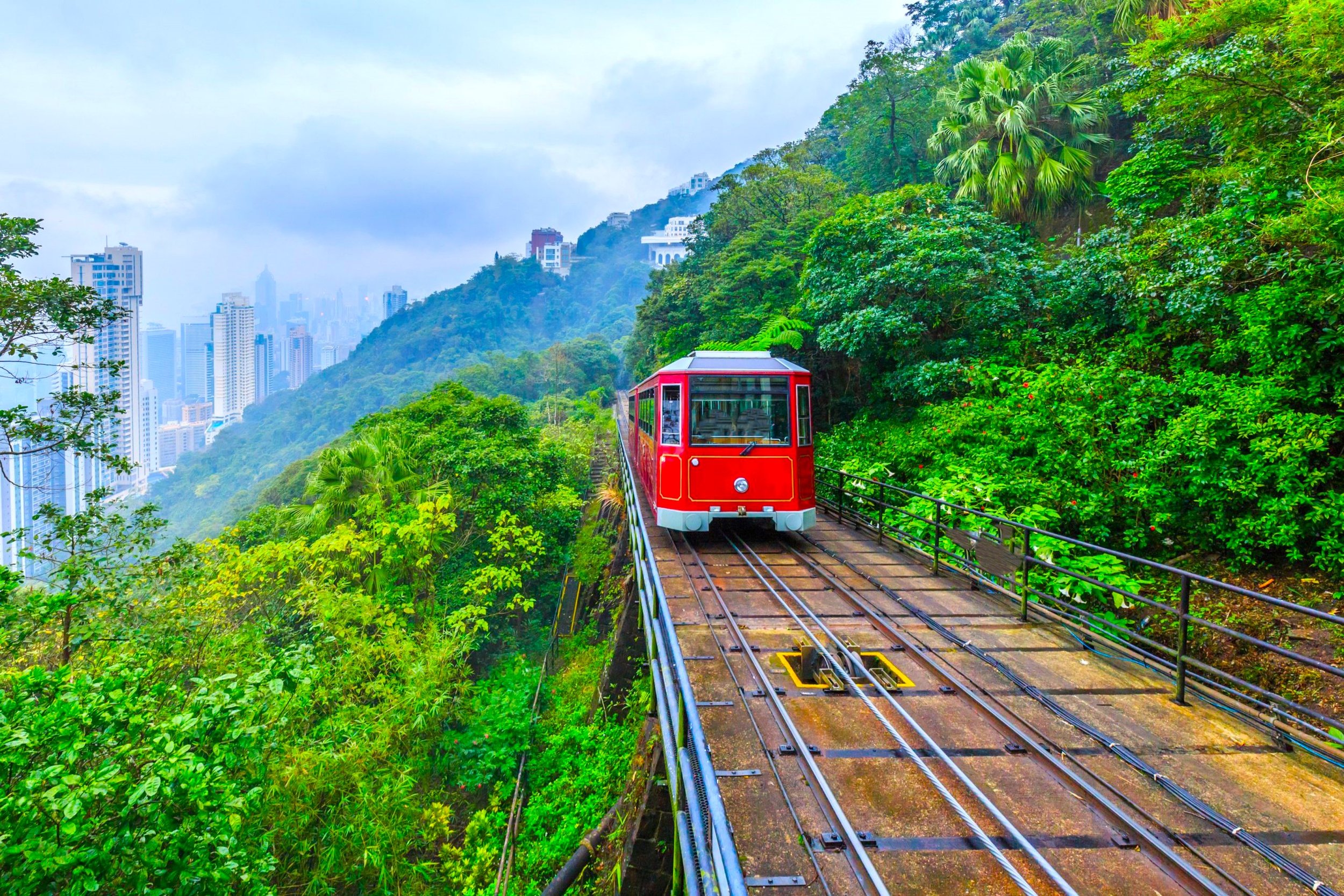Hong Kong’s Legacy as One of Asia’s Leading Financial and Tourism Centers Faces New Challenges
For over 150 years, the city of Hong Kong was a Colony and a Dependent Territory of the British Empire which served as the intersection for the fragile commercial and cultural relationships that separated the western world and China. The Chinese residents of the city, the British, and expatriates from around the world collaborated and persevered to create a unique and vibrant city of 6.5 million residents by the end of the 20th century. Hong Kong became a city with a culture that blended elements of the East and West, while achieving economic growth that foreshadowed the rebirth of China’s own economy.
The return of political control of the city to the People’s Republic of China as a Special Administrative Region in 1997 has created challenges for the people and government of Hong Kong. Different interpretations of democracy and political freedom has created some civil unrest and Hong Kong residents remain wary of the “One Country, Two Systems” world that China intends to impose there. Nevertheless, a considerable number of Hong Kong natives who emigrated to other nations around the world have returned and the city remains one of Asia’s leading financial and tourism centers along with Shanghai, Tokyo, and Singapore. In 2023, an estimated thirty-four million visitors came to Hong Kong from all over the world for an average length of stay of 3.6 nights. Over 75% of these visitors came from destinations in Mainland China during the popular Golden Week, National Day, and summer holidays, while other leading sources of visitors included Taiwan, Philippines, the United States, and Thailand.
City Layout
Most people are accustomed to thinking of Hong Kong in terms of its famous skyline which features densely packed apartments and office buildings crowding both sides of Victoria Harbour. But Hong Kong is nineteen different districts with a diverse geography. Hong Kong Island and the southern section of the Kowloon Peninsula were the original areas ceded to the British by China in 1842, but that territory was later expanded to include the entire Kowloon region, additional land adjacent to the Chinese border, and hundreds of small islands known as the New Territories. Many of those areas have been connected to the downtown. The Hong Kong Government reports that there are now 21 major road tunnels, 1459 bridges and flyovers, and a subway system to “keep people and goods on the move.”
Hong Kong has diverse activities to offer visitors ranging from its bustling waterfront to Victoria Peak, and from historic temples and shrines to endless shopping. There are luxury hotels and chain hotel properties available for visitors to use as a base of operation for seeing the city located on Hong Kong Island or near the Kowloon Waterfront.
Here are some sites and activities worth considering on a visit to Hong Kong:
Hong Kong Museum of History - The Hong Kong Museum of History located in the Tsim Sha Tsui neighborhood of Kowloon is a good place to learn about the fascinating history of the city and its people. In addition to presenting exhibits on the natural environment of the area, the museum tells the “story” of Hong Kong from its roots in medieval Chinese dynasties to the emergence of a modern metropolis and the return of the city to Chinese rule. Video presentations and large displays include a typical 19th century street in the city along with a full-sized Chinese fishing junk and photos of historical events. Difficult subjects such as the effects of the Opium Wars and Japanese occupation during World War II are also addressed.
Star Ferry - The green and sometimes red boats of The Star Ferry Company, Ltd. have provided scenic and quick transportation from its main pier at Tsim Sha Tsui in Kowloon to two important destinations on Hong Kong Island since 1880 – Central and Wan Chai. At the same time, the Star Ferry remains the best way to take in the view of the skyscrapers and waterfront of Victoria Harbour. While the inexpensive ride only takes a few minutes, you are likely to pass by fishing boats, cruise ships, and every other kind of watercraft along the way.
Victoria Peak - Another popular place for taking in magnificent views of Hong Kong is The Peak on Hong Kong Island. This mountaintop looks down on the city’s skyscrapers and island from a complex with an observation deck, restaurants, shops, and a nature park known as the Peak Tower and Galleria. There are two ways to reach the Peak. The most common is to take the Peak Tram which travels over 1300 feet up the side of the mountain with a steep incline. The other is to follow a series of mountain trails that pass-through forest and some of the upper streets of the island to the Peak. The weather can be an occasional challenge to the experience when the fog rolls in.
Shopping - There are an abundance of shopping options in Hong Kong. First, there are luxury malls such as the Landmark Mall on Queen’s Road in Central Hong Kong. This large facility is known for offering all the leading luxury brands of east and west plus top-drawer restaurants and cafes. Another stylish shopping venue is the Pacific Place Mall in the Admiralty section of Hong Kong Island which features high fashion stores, great restaurants, and entertainment options like a cinema. It is surrounded by four leading hotels, apartments, and office buildings for the elite of Hong Kong Island. For a more hectic and down to earth shopping experience, however, you can visit one of the other shopping and entertainment hubs in the city such as the Tsim Sha Tsui section where individual retailers and small vendors offer everything imaginable. The stores in this area feature neon signs and include everything from gold and jewelry stores catering to mainland tourists to young people seeking the latest jeans and electronics and matrons buying real and imitation designer purses.
The Big Buddha - The Big Buddha statue located on Lantau Island at the top of a mountain next to a monastery has become a leading symbol of Hong Kong since its construction in 1993. More than one hundred feet high, this bronze statue weighs over one hundred tons and is one of the largest Buddha in the world. It looks out over the entire island. To reach the statue, most people take a ride up the mountain on the Ngong Ping Cable Car, pass through a tourist village and the ornate Po Lin Monastery, and then climb 260 stairs to the statue. More than a million people visit the Big Buddha each year to enjoy the view of the surrounding forest and waters.
Other Temples and Shrines - Hong Kong has shrines and temples that provide homage to three religions - Buddhism, Taoism and Confucianism. One interesting place is the Man Mo Temple which is a monument and building dedicated to both a god of literature and a god of martial arts. Built during the Imperial age of China in the 19th century and popular with both students and civil service, the antique stores in the Sheung Wan area of Hong Kong Island complement this historic structure. Another interesting Buddhist temple is known as the Ten Thousand Buddhas Monastery. Even though there are no monks at the location, there are thousands of small and large Buddha statues in and around the staircases, pagodas, main temple, and square of this peaceful rural location.
Other Attractions - There are other attractions worth exploring in Hong Kong. For pure entertainment, the Hong Kong Disneyland located adjacent to the airport includes some of the classic Disney features such as Main Street USA, Adventureland, Fantasyland, and Tomorrowland, but also incorporates updated rides and attractions based on newer Disney creations like Frozen, Toy Story, Beauty and the Beast, and Jungle Cruise. Performances and parades are frequent at this Disney establishment. Three other venues found in the city include an 180 foot high Observation Wheel in Central with excellent views of the Harbour; an Avenue of Stars in Kowloon with sculptures and plaques honoring the many cinematic legends that made their names in Hong Kong films such as Jackie Chan and Bruce Lee; and the Hong Kong Space Museum with exhibitions on space exploration and the universe.
Macau - Macau is not part of Hong Kong but the city still serves as a gateway for many of the tourists heading to China’s gaming capital and the twenty-four casinos there. In addition, more than five million Hong Kong residents visited Macau last year. Although the government expected that the 34-mile long HZMB bridge and tunnel would facilitate even greater travel to Macau, the $20 billion cost of the project and logistical problems have limited its effectiveness to a certain extent without diminishing the popularity of “China’s Las Vegas.”







